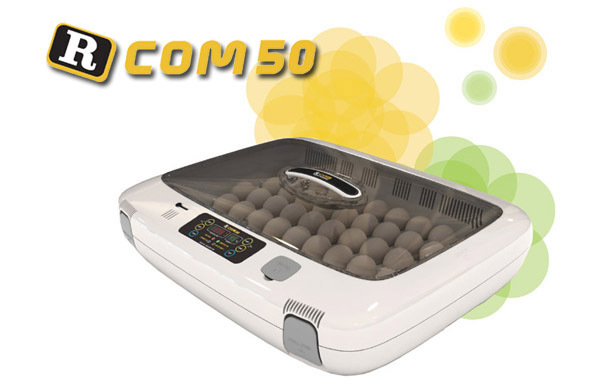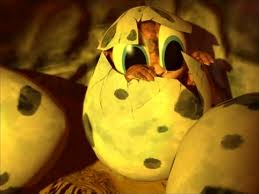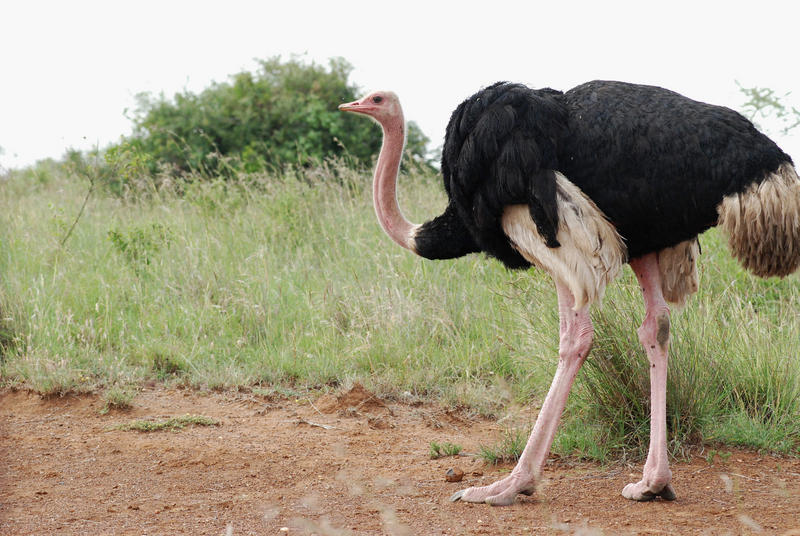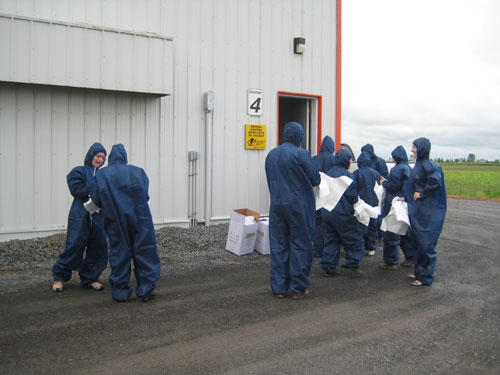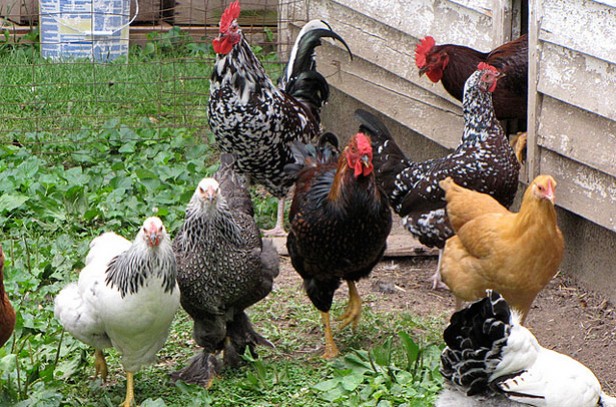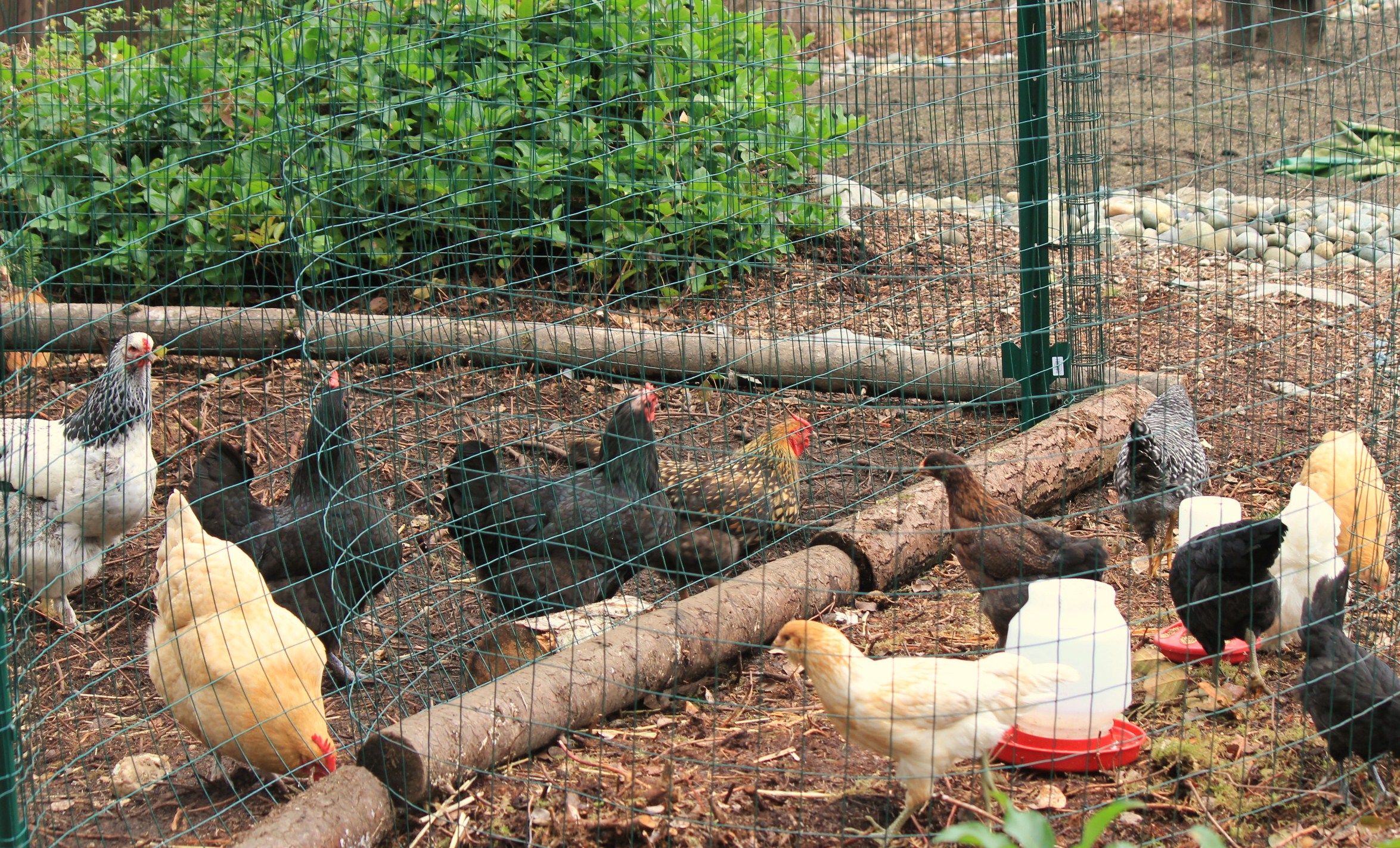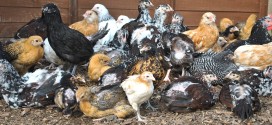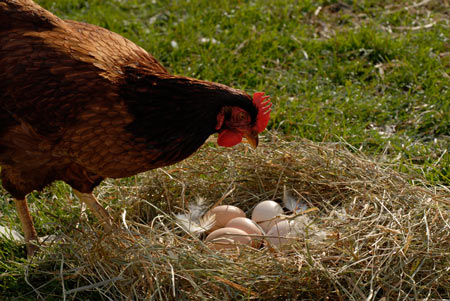An incubator is a special device that provides an egg with the best and most suited conditions for its growth and development. It achieves the process by making use of certain mechanisms which are environmentally controlled. At the time of buying an incubator, you should make sure that you have the best device so that the egg may develop properly …
Read More »Tag Archives: FEATURED
Ideal chicken Incubators,egg candler For Chicken farmers
Advanced Chicken equipments Are Ideal For Chicken Entrepreneurs Wanting to possess your personal chickens or ducks? Are you currently searching to spread out a chicken business? The great procedure for incubating and hatching eggs could be a fantastic project in class or everyone or perhaps a rewarding business enterprise. Within this venture or hobby, watching eggs hatch and turning from …
Read More »Ostrich Products, Characteristics and Breeding
Surely, the ostrich can be classified to be the largest among all the living birds on the face of the earth. The adult males can reach to the height of about 2.4 m together with a weight of about 100 KG. Although they are categorized among the birds, they are unable to fly. The reason for this can be linked …
Read More »Bio Security Guide for Poultry Farmers
Bio security in poultry farms is designed for the protection of the animals against the outbreak of a number of diseases. It is achieved by making use of several strategies and practices that the minimum levels of contagious organisms are able to farming settings. It is a fact that bio security is indeed the cheapest of all the methods which …
Read More »4 Basic Types of Chicken Breeds for Your Backyard
There are limitless and infinite reasons for backyard chickens. In addition to making coop arrangements, you also need to consider the type of chicken breeds that will be most suited for you. Today, there are nearly 60 different chicken breeds that are distributed all over the planet. Moreover, the same applies to their variants that have been produced by using …
Read More »Guide For Introducing New Chicks With Older Flock
Since ages people have been raising various kinds of poultry birds in their backyards. True that, those are attached to this kind of work aim to expand their collections for fun; it’s indeed enslaving hobby. I have seen a live example in my family; my father is fond of keeping backyard birds. We have turkey, guinea fowl and lots of …
Read More »Chicken Eggs Hatching Accessories and suppliers
Egg/Chicks Hatching Accessories Incubating and hatching chicken eggs from domesticated individuals is one of the most famous processes when it comes to commercial and large scale farming. A number of accessories and kits are used for achieving the process, which is in a number of ways pretty complex. The accessories to be used vary according to the number of chickens …
Read More »Guide to Select a Right Breeds of Chickens For Backyard
At the time of launching a poultry farm you do have a wide array of choices to choose from. Chickens have been kept by humans for thousands of years now for a number of different purposes. Due to this domestication, a number of breeds of chicken have been resulted. In a similar way to animals that come in different types, …
Read More »Caring and Raising Ducklings
Are you contemplating about raising these cute little darlings or how to take care of ducks? At times of the Easter Season, these ducklings do find their way into the beautiful gift baskets. For the purpose of caring and raising ducklings, you should always have all sorts of information about ducks. In comparison to other birds, the ducklings are relatively …
Read More »16 Reasons that May Lead to Decrease in Egg Production
A large number of people love to keep backyard chickens for egg production. There might be numerous reasons for this habit. But it really feels amazing to collect eggs from all the next boxes. In other words, gathering eggs from the nest boxes is one of the greatest joys of keeping the backyard chicken. If dealt in a proper manner, …
Read More »